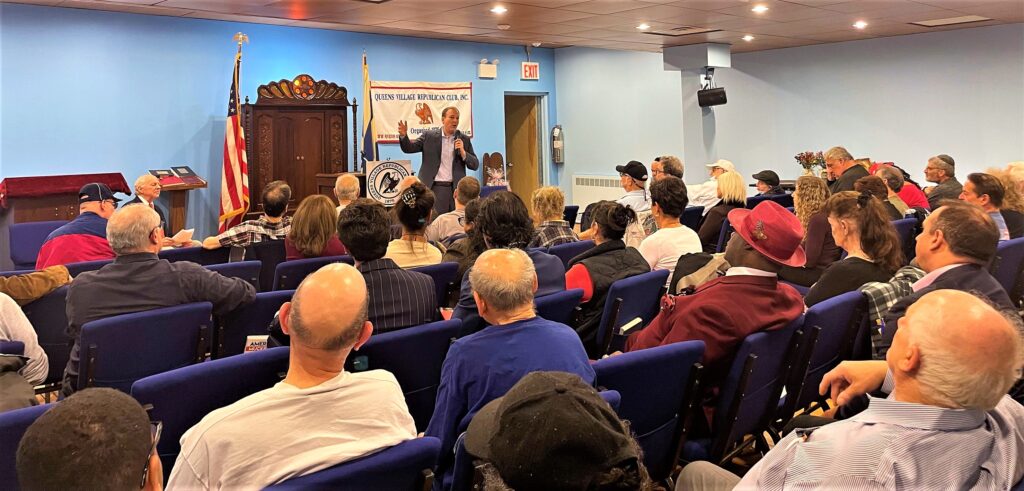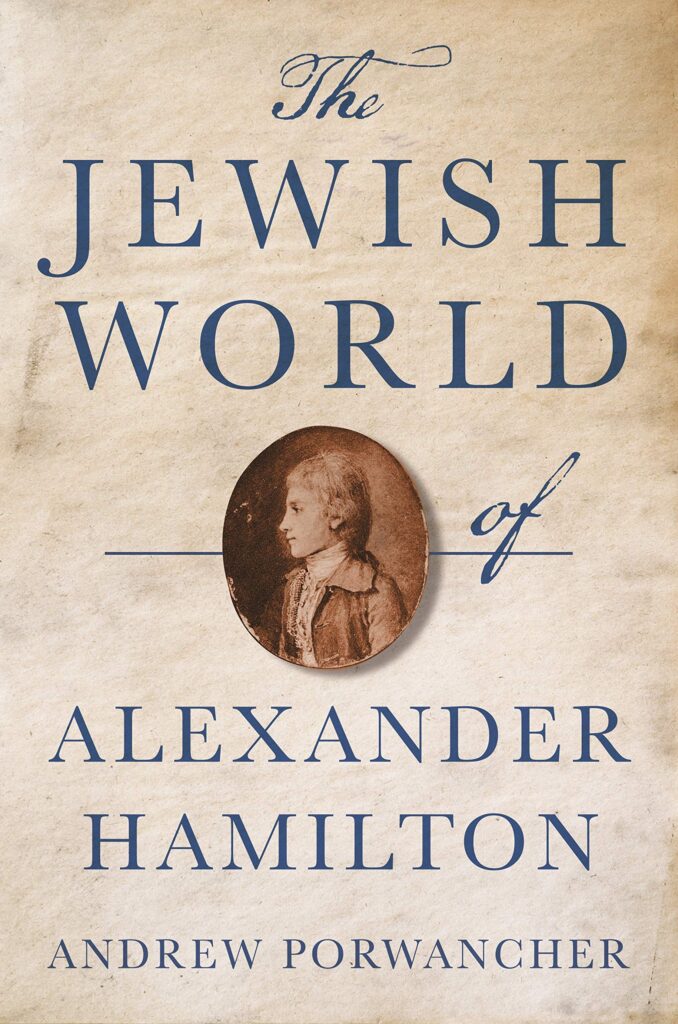
The May 5th Club Meeting featured Republican candidates and speakers that are transforming the USA and bringing on the Great Red Wave for the 2022 elections! Here are the videos of their stunning presentations.

The May 5th Club Meeting featured Republican candidates and speakers that are transforming the USA and bringing on the Great Red Wave for the 2022 elections! Here are the videos of their stunning presentations.
by Paul King, Candidate for Congress

America is a land of heroes. Not superheroes with capes, but everyday heroes who build better lives for their families through education, faith, community, and hard work. They are the living testament to the American Dream. That Dream will become extinct if progressives/socialists continue to have their way.
Throughout my life, I’ve been schooled in the American Dream – one of the great American traditions. My maternal grandfather arrived from Italy as a 10-year-old, was placed in an orphanage, and yet eventually started his own business and bought his own home. My father grew up on Relief during the Depression. After decades of hard work, he moved his family to Rockaway where he bought his own home, sent his three children to college, and became a civic leader. Most of my friends’ parents were working-class or blue-collar people working hard to pursue their American Dream. They were our heroes.
Any elected official or candidate who doesn’t uphold the rule of law, the U.S. Constitution, and our Judicial System should be voted out of office.
By Stephen H. Weiner

Good evening fellow ARRT (American Revolution Round-Table of New York) Members and Guests. It is a pleasure to give a review of The Jewish World of Alexander Hamilton, by Andrew Porwancher.
Andrew Porwancher teaches at the University of Oklahoma.
This book includes 192 pages of text, and 48 pages of Notes. The subject of the book is the author’s remarkable claim that Alexander Hamilton was born and raised as a Jew, and how he, in contrast to other founders of the Republic, had good relations with Jews and was unsullied by antisemitic bias.
It’s an exaggeration to call the Jewish presence in the Western Hemisphere that the author describes as a “Jewish World.” Religious discrimination, and anti-Jewish sentiments and stereotypes were a part of life in the thirteen colonies. When the Revolution began, there were around 2,000 Jews, of whom 250 lived in the city of New York, where there was one synagogue.1 However, these Jews did something vital to the Jewish future in the United States. According to the author, a majority of them supported the Revolution.
With respect to the theory of Hamilton’s Jewish origin, here is how the argument goes: Hamilton’s mother was Rachel Faucette, a Christian Englishwoman who grew up on the Island of Nevis in the Caribbean. Rachel moved to the Island of St.
Croix. While on St. Croix, she marries a merchant named Johan Levine, who probably was Jewish. Rachel, according to the author, must have converted to Judaism because they did not have their child Peter baptized.2 Subsequently, their marriage ended badly due to her committing adultery.
Rachel then had two children out of wedlock with James Hamilton, Sr., a Scottish aristocrat. The children were James Hamilton, Jr., and Alexander Hamilton.
According to the author, because Rachel converted when she married Johan, and in Judaism the religion is passed by the mother to her children, that made Alexander Hamilton Jewish.
Subsequently, Rachel moved back to Nevis. While on Nevis, Rachel had a Jewish teacher tutor Alexander. Later in life, Alexander recalled learning the Ten Commandments in Hebrew.
When he was eleven years old, however, Rachel relocated back to St. Croix. Tragically, she died when Alexander was just thirteen. After a difficult few months, he was taken in by an affluent Christian Englishman, Thomas Stevens.
The first problem with the Jewish Origin theory is the absence of a Jewish community on St. Croix to convert Rachel. A woman’s Jewish conversion did not occur automatically by marriage, Under Jewish law, a conversion must be recognized by a panel of several Jewish men. There was no Jewish synagogue or school. The author found records that there were six Jewish men on St. Croix. This is less than the ten man quorum required for traditional Jewish prayer. The claim with no evidence that three of these six men living without a synagogue would sit as a religious panel and determine that Rachel converted is incredible. Anyway, what would be the meaning of a conversion on an island without a Jewish community?3
In contrast to St. Croix, the Nevis Jewish community included seventy persons in a section of Charlestown. Here, the author goes too far in saying that there is proof that Alexander was accepted by a Jewish school. Rather, the evidence is that a Jewish woman tutored young Alexander on at least one occasion. However that is not evidence that Alexander was Jewish. She might not have asked too many questions, or she could have acted out of compassion for a mother and a child.
Further, the fact that a Christian Englishman (who was unrelated to him), Thomas Stevens, became the teenager Hamilton’s guardian after his mother’s death, is evidence of the Hamilton’s lack of a connection to Judaism. The last thing a Jewish community would do is to abandon an orphan.
It is interesting that at this point (p.38) the author finally admits the absence of a St. Croix Jewish community. He states as follows:
Any identity as a Jew that Hamilton may have had almost certainly died with his mother. A plucky youth like him would have been disinclined to compound his troubles as an orphan with a second-class religious status. Had Hamilton still resided in Nevis at this point – with its Jewish community and the Jewish School that educated him–perhaps Rachel’s passing would have been less likely to occasion her son’s disaffection from the Jewish faith. But St. Croix was home to far fewer Jews than Nevis. If Hamilton ever laid claim to a Jewish identity, he was now bereft of a family or community that might have kept it alive.
To the author’s credit, he discusses an important piece of contrary evidence. When Hamilton is seventeen years old, he was called by his employer to testify in a financial dispute. To determine if he can testify, the Court questioned Hamilton about his religion, because only Christians could testify under oath. Hamilton said he was brought up in the Anglican Church. Professor Porwancher suggests that Hamilton lied to the Court about his religion.4
Young Hamilton had become friendly with a Reverend Knox, who helped him to get off the island and to get to New Jersey and start his education in an Academy there. Soon thereafter Hamilton attended King’s College, which is now Columbia University, just before the Revolution began.
Finally, in contrast to his treatment of Alexander Hamilton, while it is a subject for another day, I think the author gives too little credit to President George Washington’s enormous and history-making contribution to Jewish civil equality, and he is too critical of founders Thomas Jefferson and James Madison.
Thank you for the opportunity to present this review.
Stephen H. Weiner
April 5, 2022
_________________________________________